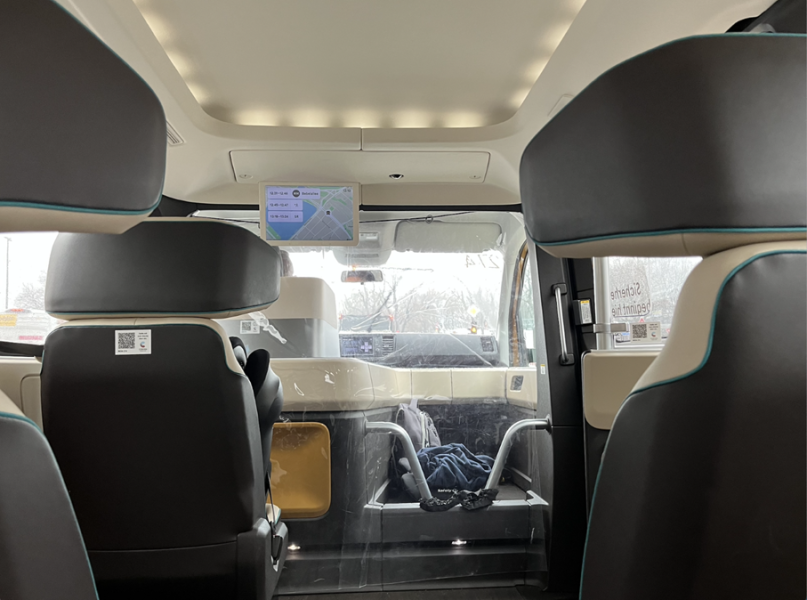On-demand mobility services
On-demand mobility services are activated by individual requests. This means that passengers are not necessarily bound to a specific timetable or stop. Generally, cars or minibuses are used to take passengers between flexible, often self-chosen pick-up and drop-off points. A trip is set-up either by phone call, as is the case for German public transit ride share services or by app, as is the case for newer data-based offerings.
On-demand mobility offerings can be used by cities to solve the last-mile problem. They also help fill service gaps in areas with insufficient coverage by traditional public transport - for example, in less densely populated areas or at off-peak times. Here, data-based solutions enable so-called "pooling". This involves automatically creating a route on which passengers share a vehicle over part or all of a route. This allows for further resource saving.
